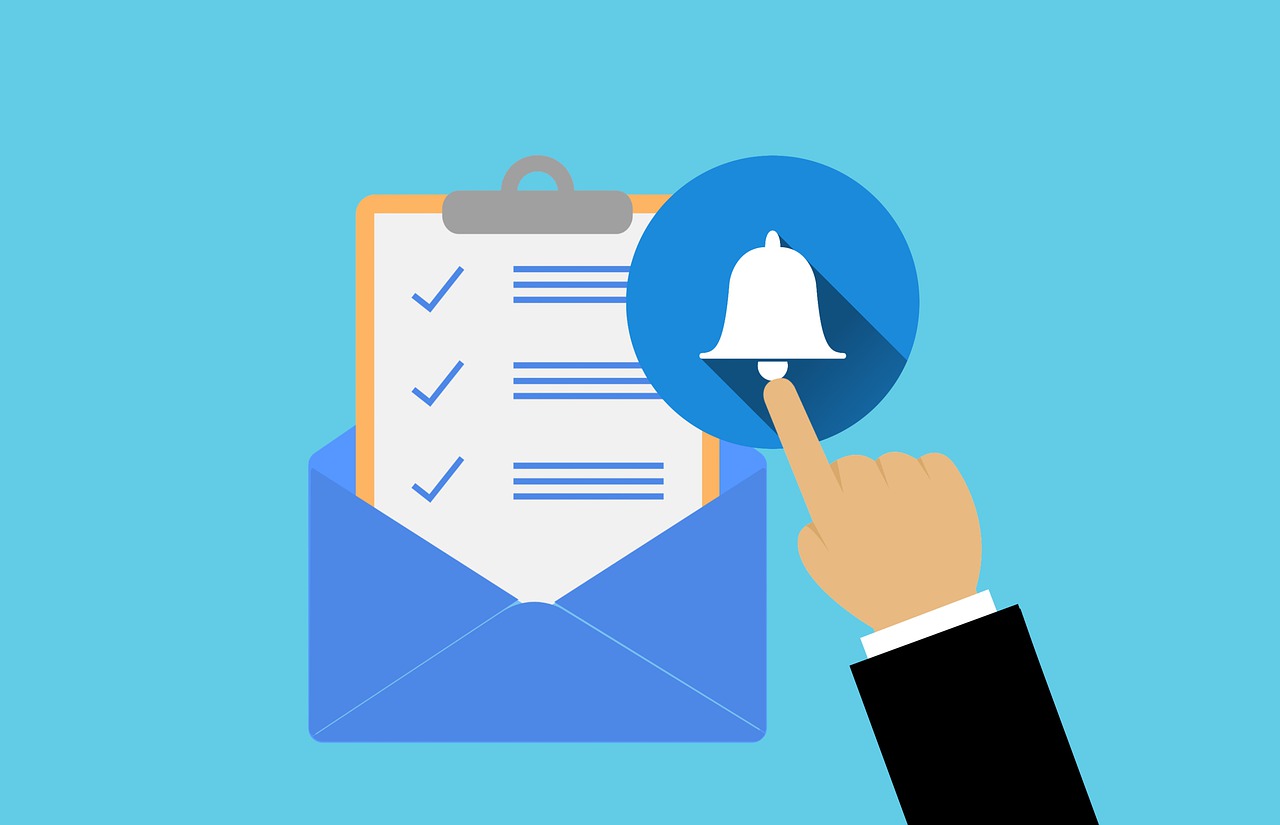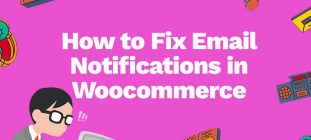
With 2021 rapidly approaching, now is the time for reflection. The previous year taught us to jump into uncharted territory like we’d never done before. The number of emails expanded after the pandemic.
Brands would just have to up their game in order to break through the populated inboxes. This resulted in significant changes in the way brand names communicate with their audience members, with the emphasis shifting away from selling and moving more toward customers and social interaction.
Despite the changes in methods, the principle of email marketing has remained the same: mailing the right message to the right user at the right time. In this blog post, we will take a stroll through email marketing strategies, and design to help you build a successful campaign.
- Adaptability
For brands that preferred to remain relevant, being in the present time was an important element of any email marketing strategy. Nonetheless, there were numerous inventive solutions to unforeseeable problems.
Some of them are often used in email marketing for quite a while, but they really shined during the Covid-19 crisis. Yes, we’re talking about modular blocks in email templates. These are pre-made blocks of subject matter that can be rearranged to create the appearance of a brand new email.
Bonus points if you create multiple versions of the same block. Brands will have more liberty and alternatives at their disposal if they need to rapidly shake up the content. It’s quick, simple, and effective.
- Segmentation
We always want to receive emails that are appropriate, interesting, and tailored to our specific requirements. But how does a brand properly aim at us if it does not use the required information? According to research, data is among the most underutilized assets among marketers, with 87 percent believing it is one of their most underutilized assets.
It’s time to change that by incorporating data-driven segmentation into your email marketing strategy. This entails making use of the data you have now and segmenting your list based on the behaviors and attitudes of your subscribers. This enables you to send relevant, highly personalized emails at the appropriate time.
Many data points can be used to segment your lists, but let’s begin with shopping behavior. You can distinguish and tailor your subject matter to prospects, first-time customers, repeat customers, lapsed clients, VIPs, seasonal shoppers, discount-only buyers, and so on.
People should be segmented based on how lately or regularly they interact with your emails when it comes to email behavior. Sending to an interested audience is the key to maintaining your sending reputation, which enables you to include less committed members of your list on events without jeopardizing your deliverability.
You should combine the two for the optimal outcomes, as on-site engagement doesn’t really equal email engagement.
- Make Use of Technology Wisely
The best email marketing services offer tools to help you create more effective promotional campaigns. You should aim at an email marketing service that knows what you need, what your target audience is, what type of emails you want to send, what type of designs and templates you are looking for, and all terms that you would like your service provider to customize according to your needs.
Look for features like simple campaign formation, automation, templates, and workflows.
- Techniques for segmenting your viewers
- In-depth analysis of email campaign performance.
Do you need an email marketing service?
Sendinblue is straightforward and easy to use for email marketing. Its plentiful free plan allows you to just send up to 300 emails per day. For a detailed overview of Sendinblue look at this page. I particularly liked the automated processes, and the choice of custom-coded email templates is always appreciated. They know how you want your emails to be!
- Engagement tips and tricks
What many brands do is bombard subscribers with emails around an event (signup or purchase), and then go quiet for a long period of time, sometimes even months. If no action is taken during the silent period, these people are never brought back.
This is a mistake that leaves a lot of money on the table, and the one responsible for many brands underperforming during the 2020 holiday season. Make use of prospect-targeting flows (Welcome and Abandonment).
Consider extending the Welcome series with additional touchpoints until the placed order rate drops below the rate you see in campaigns. You can redo campaigns with fantastic performance and no time-specific subject matter for such touchpoints (evergreen campaigns). You can also target individuals with check-in flows, review sites requests, Re-Engagement and Winback emails highlighting the best deals of the month, as well as Expected Date of Next Order emails.
- A/B Split Testing
A/B tests are a good way to discover what works best for your audience and tailor the expertise in the field to their specific needs based on the results. You’ve probably heard that you’d be testing all the time, but things have changed.
While you can test everything, it consumes precious resources but doesn’t always yield useful results. Excessive, pointless testing should be avoided; instead, test only the elements that will provide definitive results and move this same needle.
When designing the test, ask yourself, “What exactly do I want to know?” How will this benefit me? What exactly will I put to the test? How long will the experiment last? Which metrics will I use to select the winner?
How do I intend to use the results to optimize future efforts once I receive them? How many different ways can I put this? Is this something that is widely applicable and has a high potential to affect revenue or involvement? You are ready to begin when you have clear answers to all these questions.
Conclusion
That’s all there is to it! The key elements that will help you form your email marketing strategy this year are now available. We hope this has helped you gain some insight and focus on the things that are important to your brand.



















